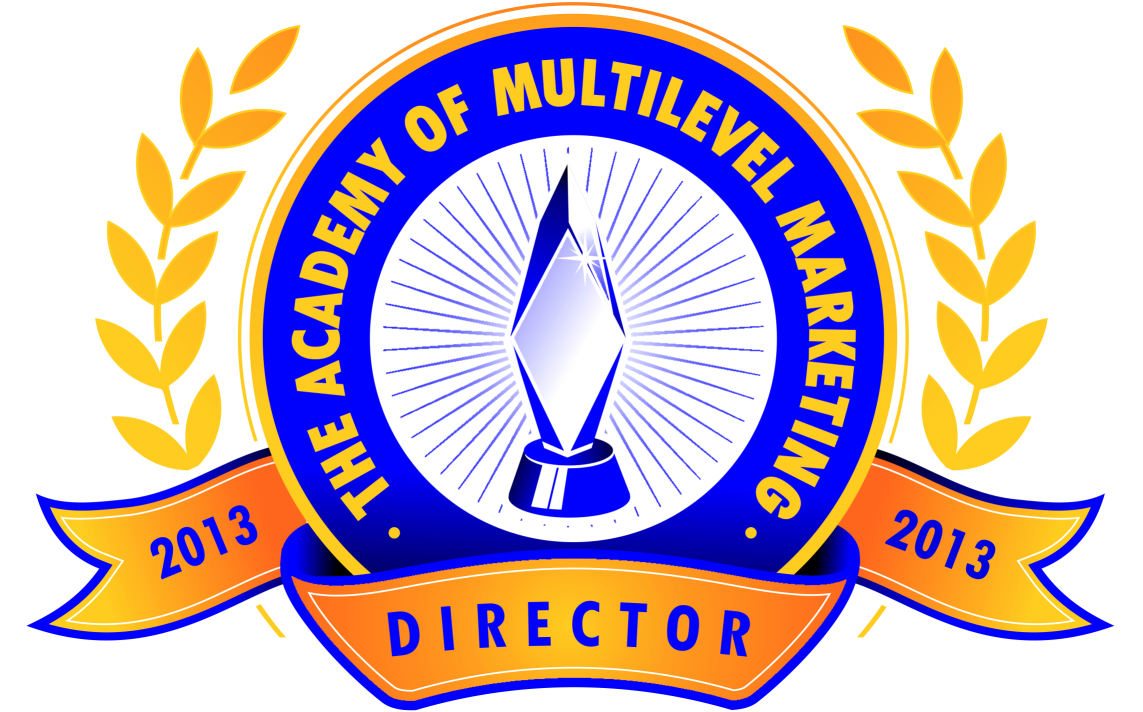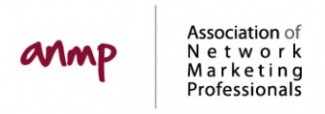Robert FitzPatrick
By Len Clements © 2005
| If you are one of the many thousands of honest, rationally thinking folks who supplement their income, or make their living, from a good network marketing opportunity, you should get the back issues containing parts one and two of this series. If network marketing matters to you, you are not going to want to miss a single word. There are four individuals out there who are doing more than just trying to dissuade your prospects from considering your MLM opportunity, they are trying to get your state and federal government to take away your choice to pursue an MLM career. If you are making an honest living at MLM, as I am, they want to take that away as well. Fortunately, they’re attempts have so far been utterly ignored by regulators. However, your prospects are listening. I’ll be telling you why they’re wrong here in the MLM Insider over the next several issues. The subject of Part One was Dean Van Druff, the author of the well traveled article “What’s Wrong With Multilevel Marketing” (get Part 1 to find out “What’s Wrong with Van Druff’s article!”). Last issue I started in on Robert FitzPatrick, author of the book “False Profits.” FitzPatrick has got it wrong on so many levels (pun intended) that it’ll take three segments to cover even the highlights. Pyramid Nation – Robert FitzPatrick FitzPatrick’s newest work (2002) is a 62 page booklet titled “Pyramid Nation: The Growth, Acceptance and Legalization of Pyramid Schemes in America.” Oddly, the cover art depicts Pieter Brueghel’s (1525-69) rendering of the Tower of Babel, which bares only a vague resemblance to a pyramid. We’re only half way through FitzPatrick’s “Pyramid Nation” and there’s still his essay “The 10 Big Lies of Multi-Level Marketing” to cover. I’ll wrap up my rebuttal to his works, at least until he cranks out another book, in the next segment. Wait until you hear his depiction of what the FTC thinks about our earning income from our downline’s personally consumed product – and what the FTC actually said! I’ll be putting this oft-debated issue to bed once and for all. Then the real fun begins as we take on Ruth Carter and her cohorts over at MLMSurvivor.com. I planned on this being a one segment piece, but they’ve provided me with so much great material we may not be finished with them until 2006! And there’ll be so much more after that. |










